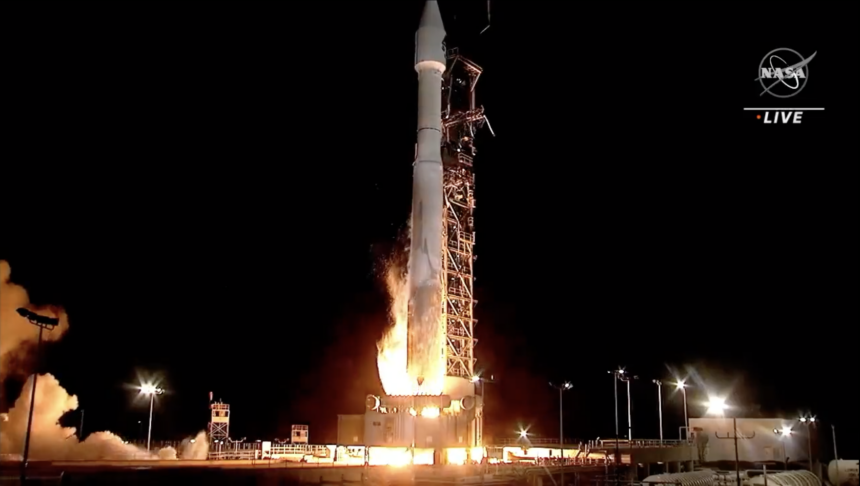NASA and NOAA launch weather satellite from Vandenberg Space Force Base

VANDENBERG, Calif. – NASA and the United Launch Alliance (ULA) successfully launched the National Oceanic and Atmospheric Administration’s (NOAA) Atlas V rocket on Thursday at 1:25 a.m. from Vandenberg Space Force Base.
LIFTOFF! The final @ULALaunch Atlas V rocket to soar from @SLDelta30 is on its way to deliver two separate missions to Earth orbit: #JPSS2 and #LOFTID. pic.twitter.com/Kg5Cns0Dwt
— NASA (@NASA) November 10, 2022
This launch was part of NOAA and NASA's Joint Polar Satellite System-2 (JPSS-2) satellite mission, the third JPSS launch out of three in its series.
The mission of the Joint Polar Satellite System is to support essential forecasts for extreme weather events, feed daily weather models, and monitor climate change, according to NOAA.
"NOAA’s National Weather Service uses this data to increase the accuracy of forecasts three to seven days in advance of a severe weather event," said NOAA. "These forecasts allow for early warnings and enable emergency managers to make timely decisions to protect American lives and property, including ordering effective evacuations."
How’s the weather up there? Watch as @NOAA’s #JPSS2 satellite separates and heads out to join the latest series of @JPSSProgram polar orbiting satellites. It will pass over every single spot on our planet at least twice a day, collecting valuable weather and climate data. pic.twitter.com/3yzBLGhud2
— NASA (@NASA) November 10, 2022
Also attached to the Thursday morning Atlas V rocket launch as a "secondary payload" was NASA's experiment called the Low-Earth Orbit Flight Test of an Inflatable Decelerator, or LOFTID.
In NOAA's informational video, the organization said that LOFTID is "a demonstration of an inflatable heat shield technology that could one day help land humans on Mars."
All aboard the Atlas V rocket launched from Vandenberg Thursday morning, reaching a top speed of nearly 10,000 mph to first deliver JPSS-2 into a sun-synchronous, low-Earth orbit.
Then, the LOFTID experiment separated from the Atlas V and re-entered the atmosphere, deployed its parachute and landed in the water about two hours post-launch in Hawaii, where it was retrieved from the Pacific Ocean according to NOAA.
Moments years in the making for the team at @NASA_Langley: See the #LOFTID @NASA_Technology demonstration splash down in the Pacific Ocean near Hawaii. The data from this inflatable heat shield test will help us land more massive missions, and explore farther. pic.twitter.com/PzARsfhC9P
— NASA (@NASA) November 10, 2022
This launch was originally scheduled for Nov. 1, but was delayed due to a mechanical error on the day of liftoff – NOAA'S JPSS-2-civilian polar-orbiting weather satellite onboard the rocket was in need of a battery replacement before it will be safe and cleared for departure.
For more information on this mission, click here.
